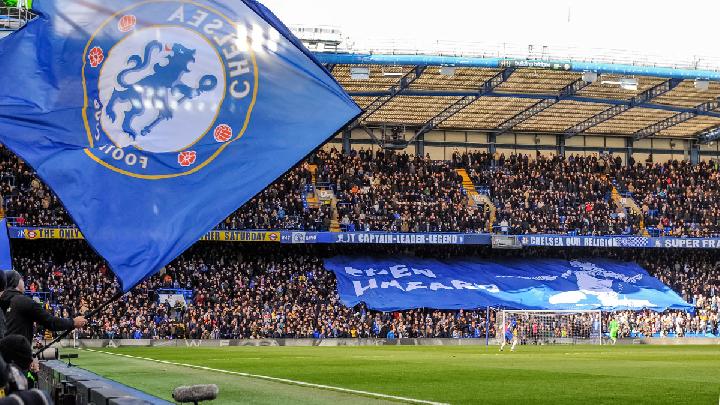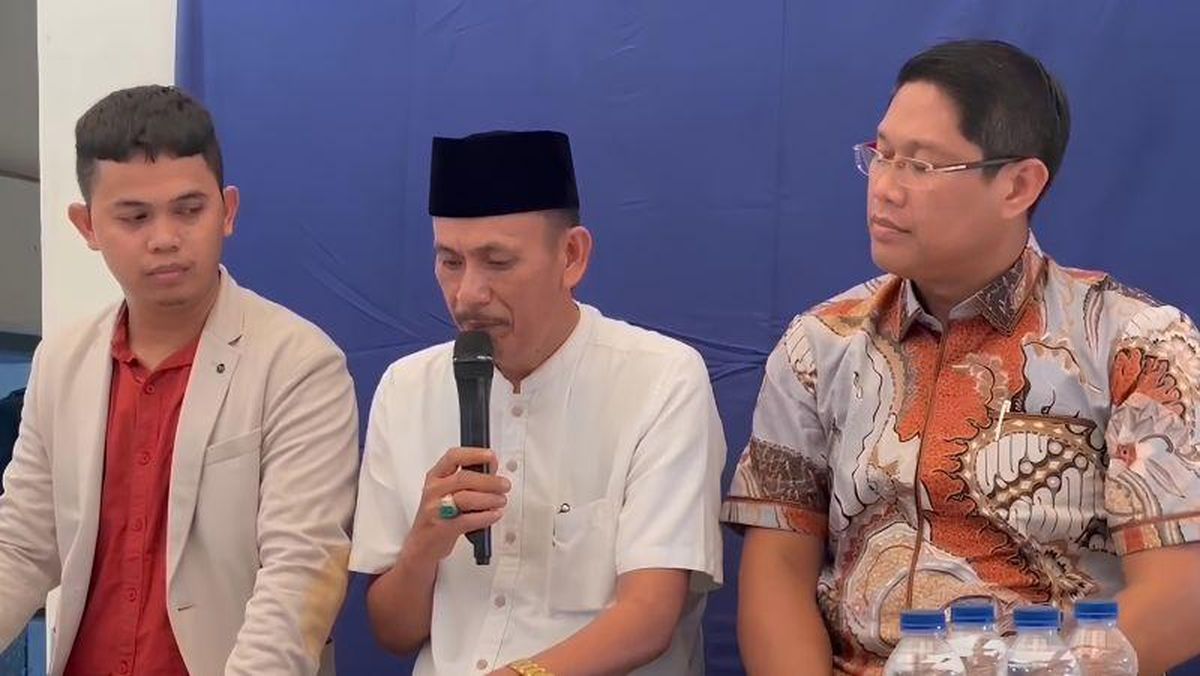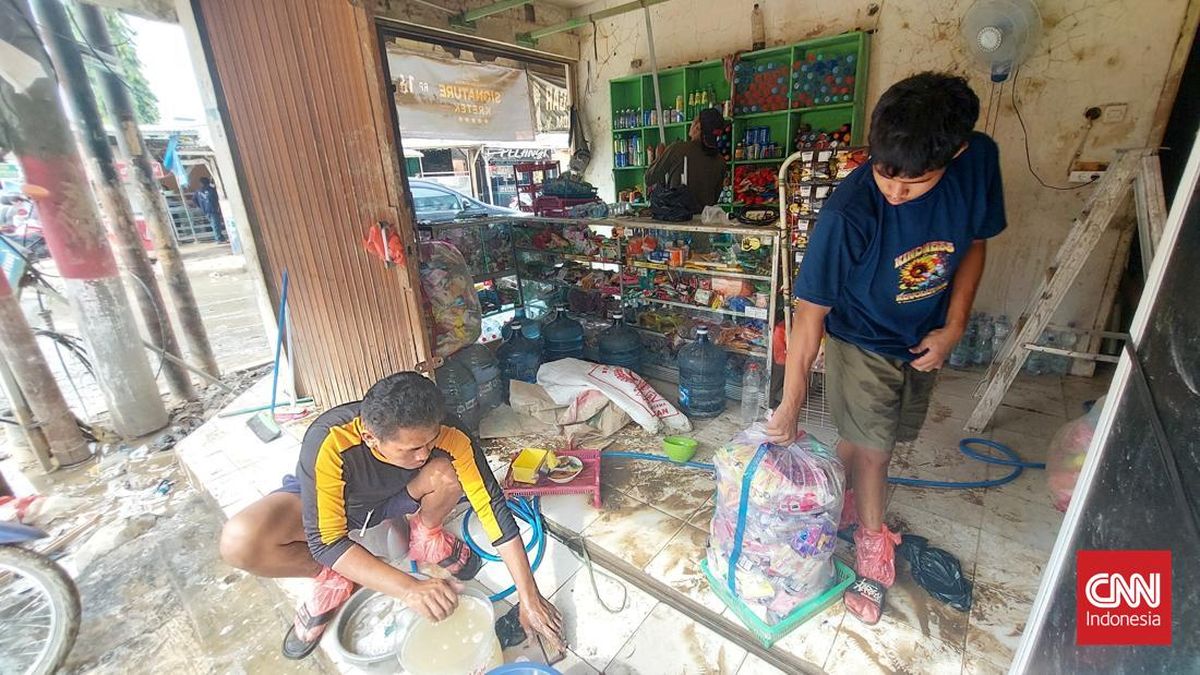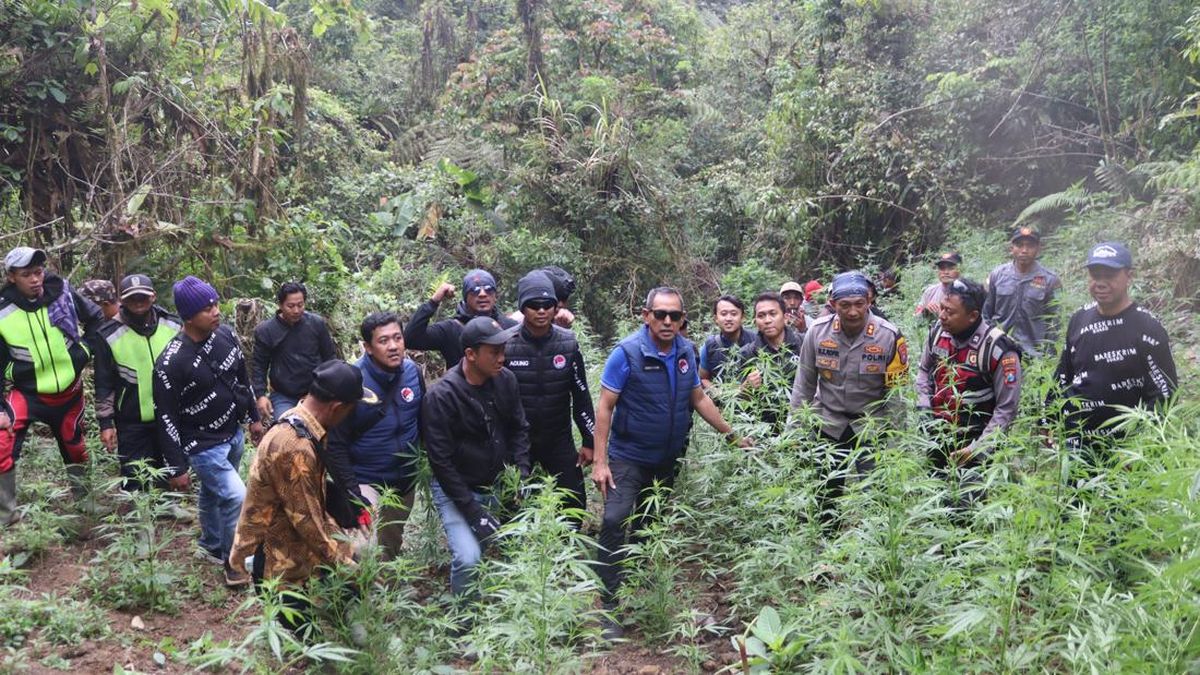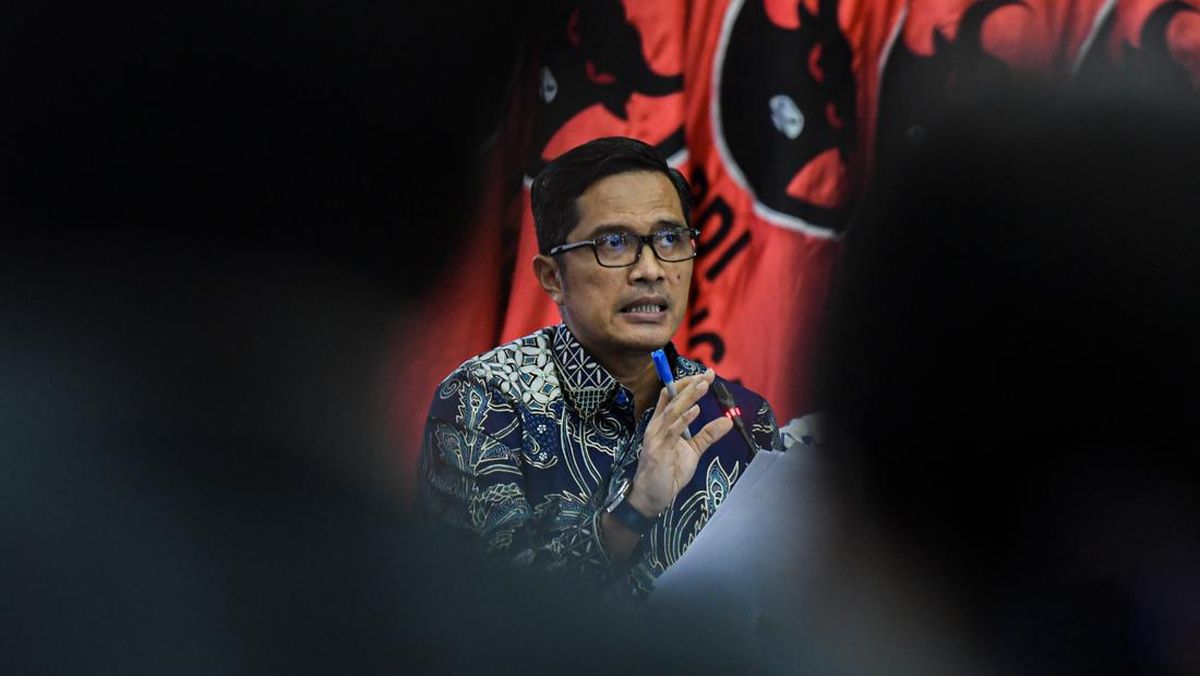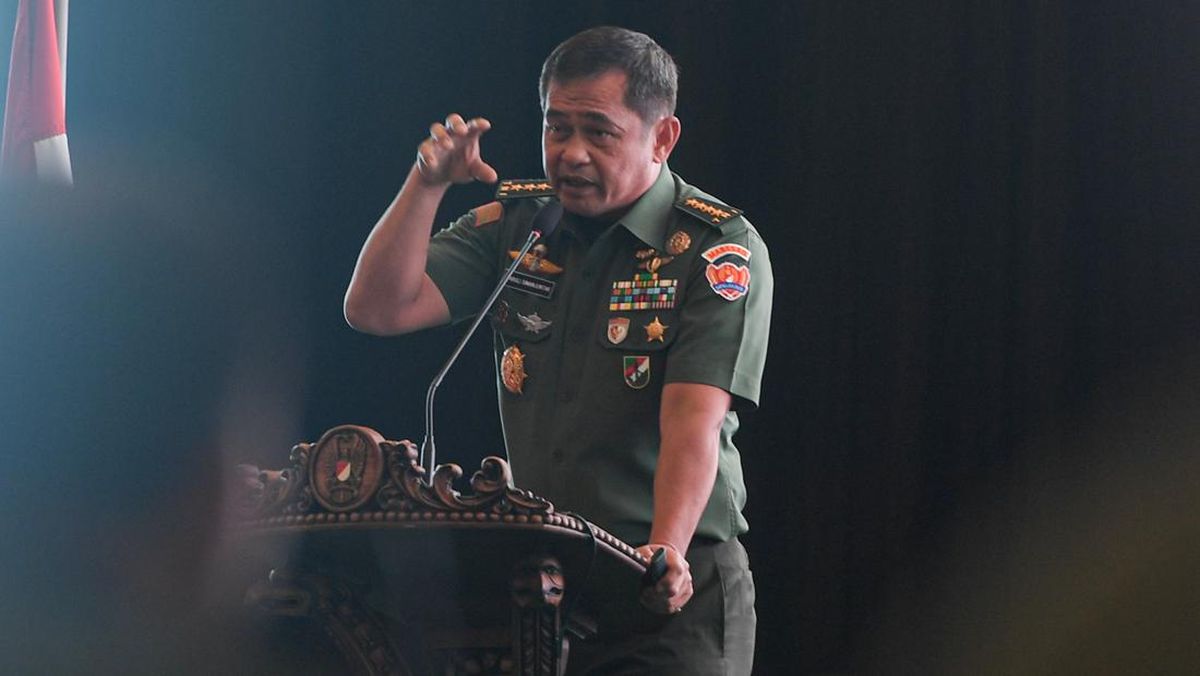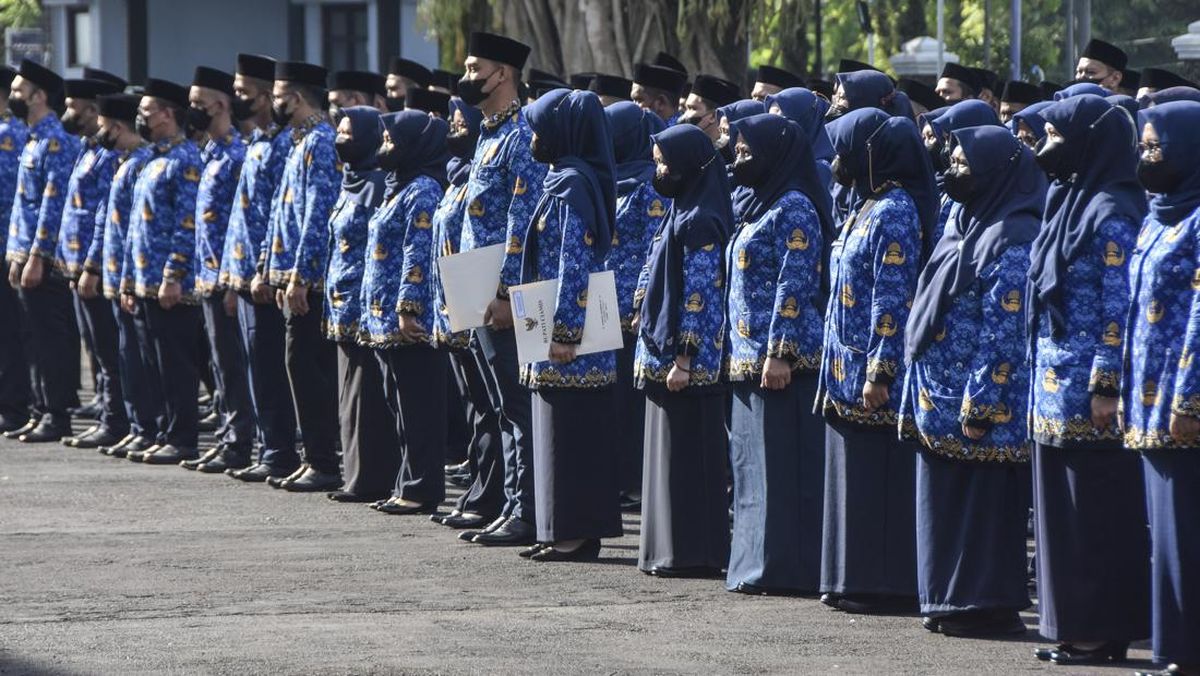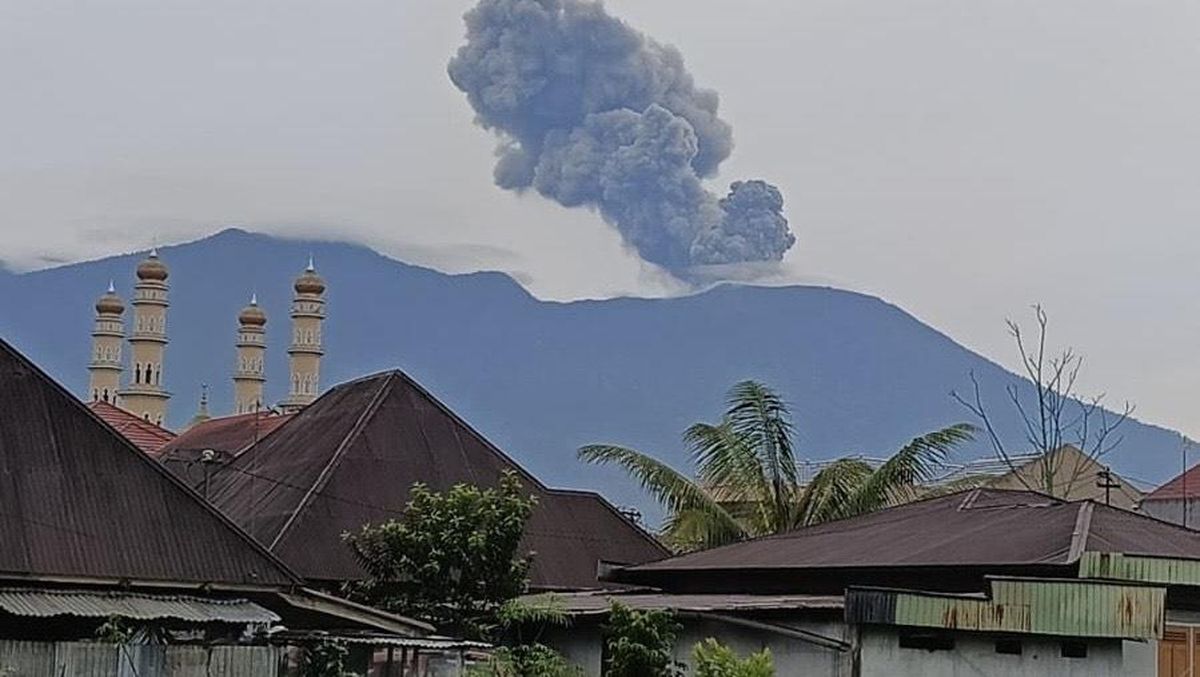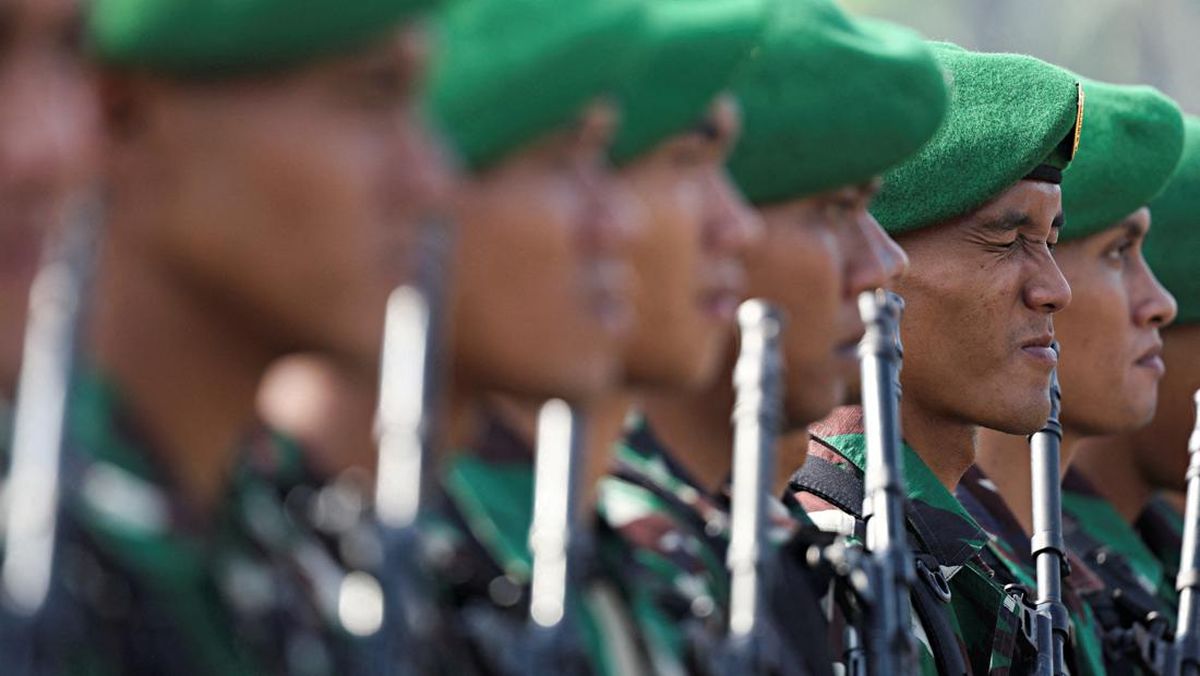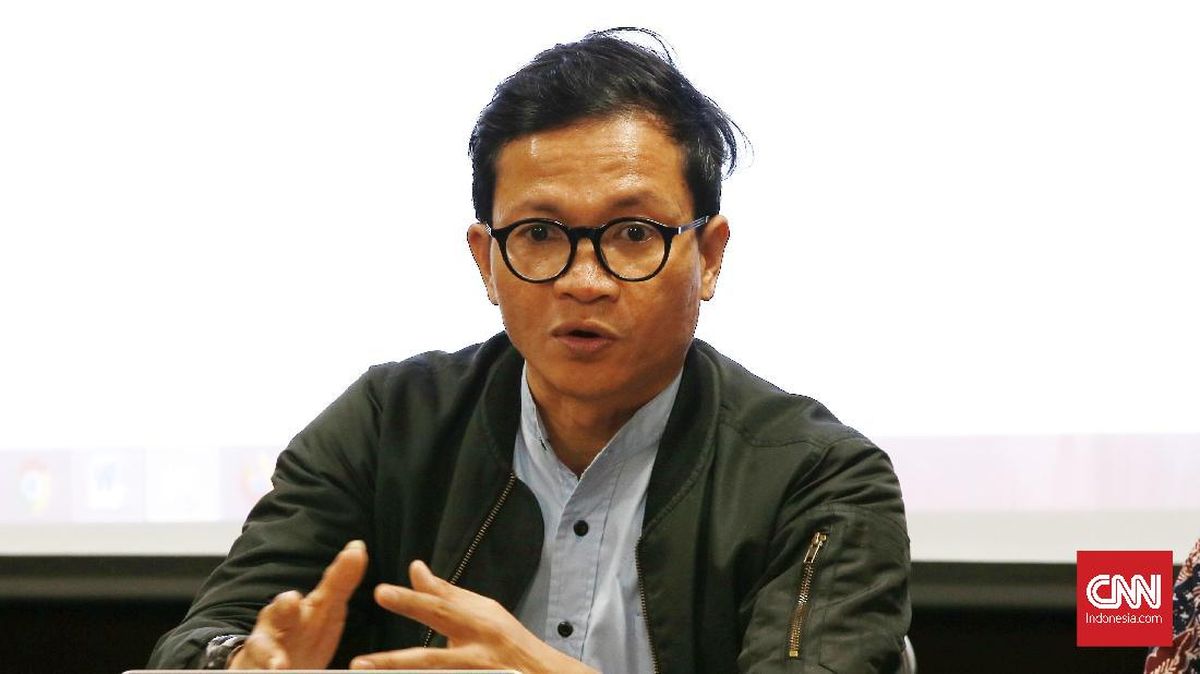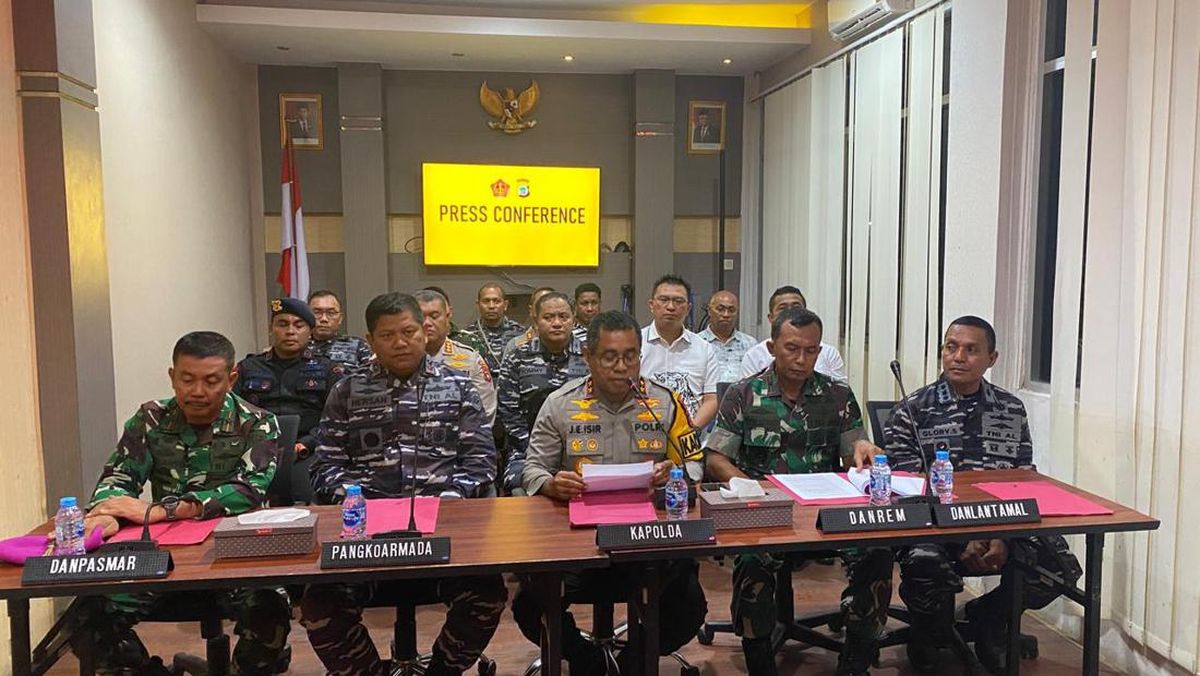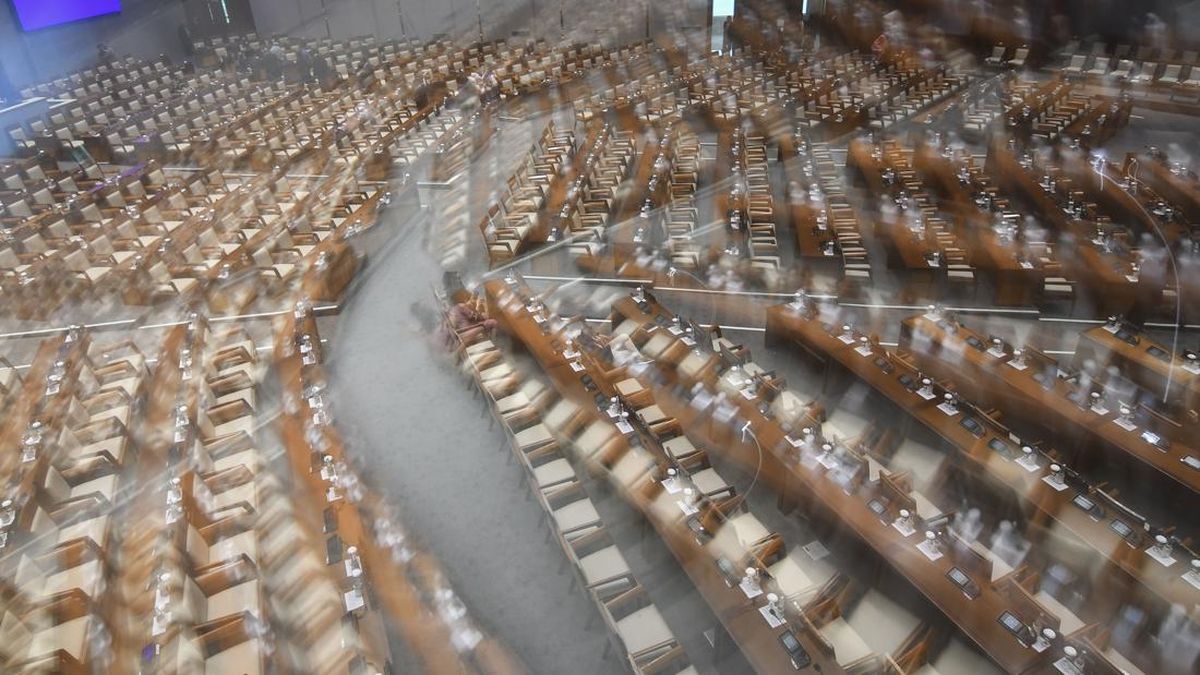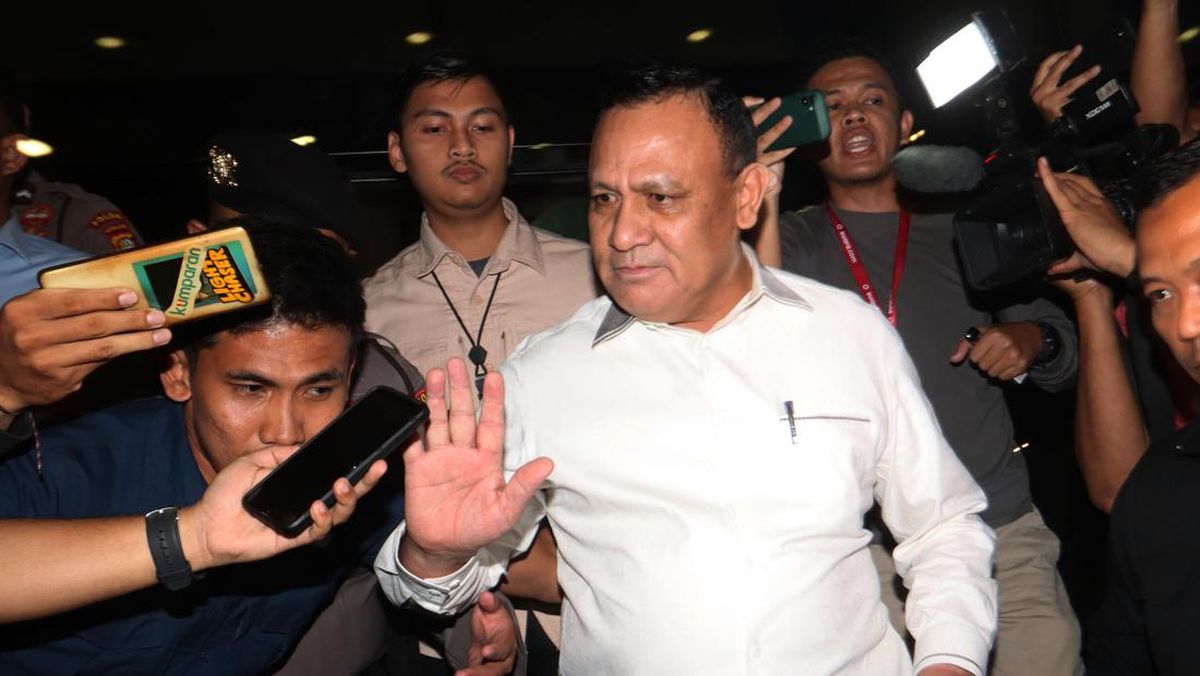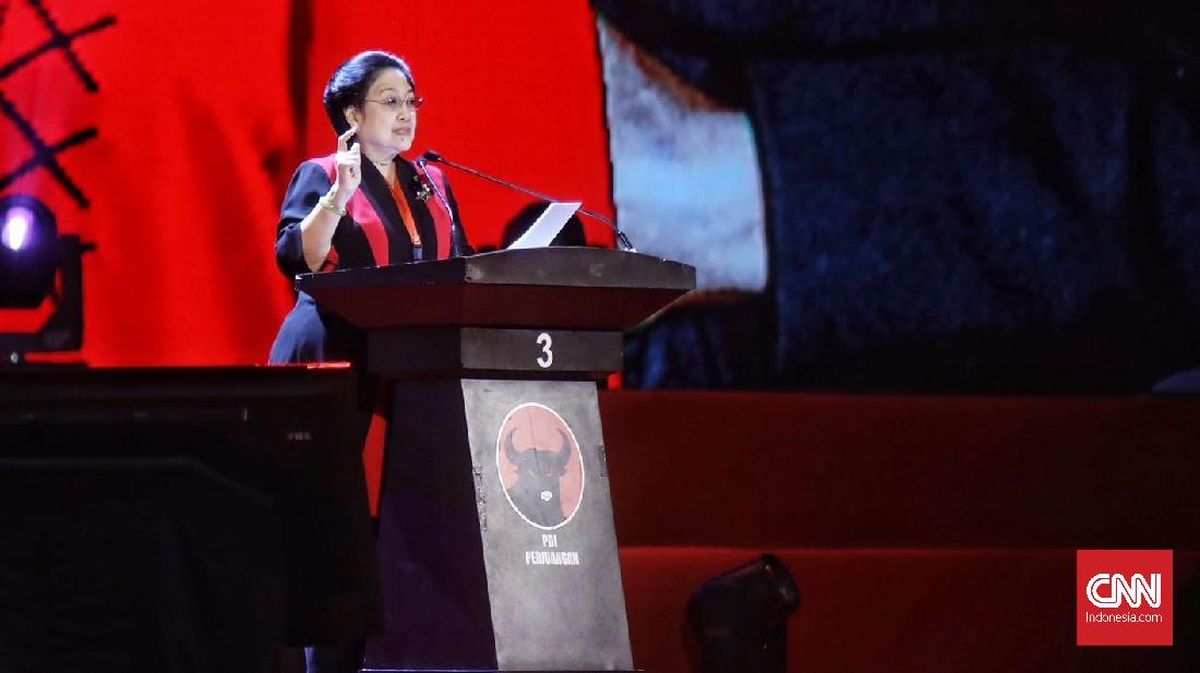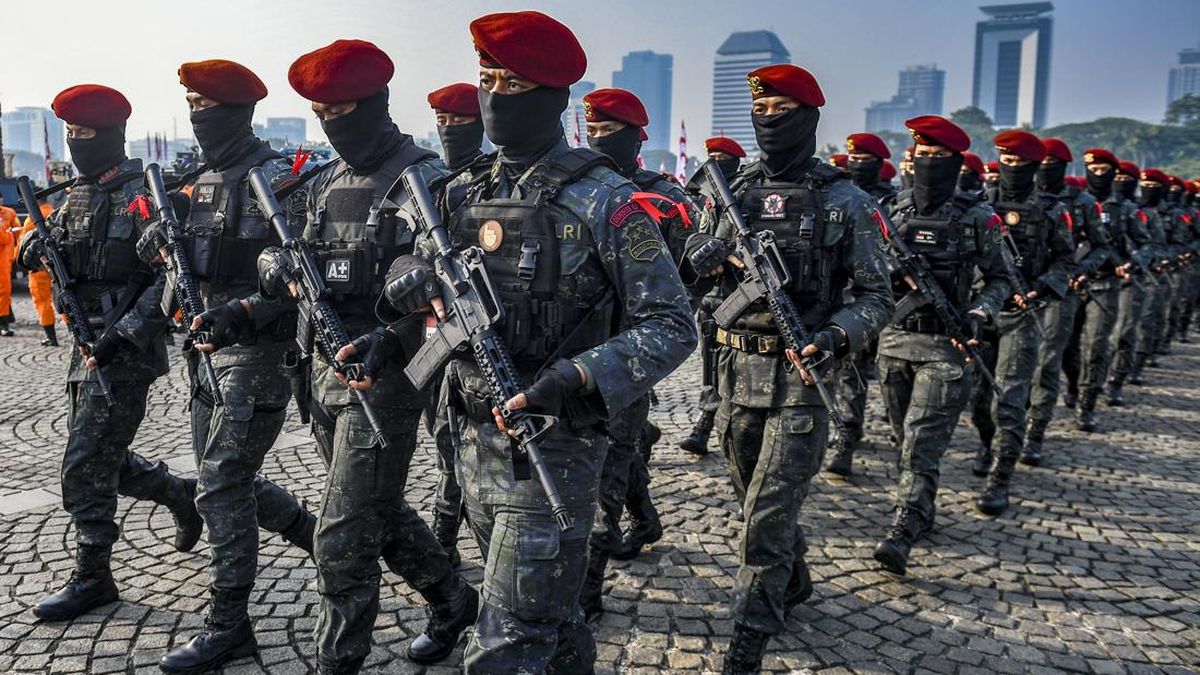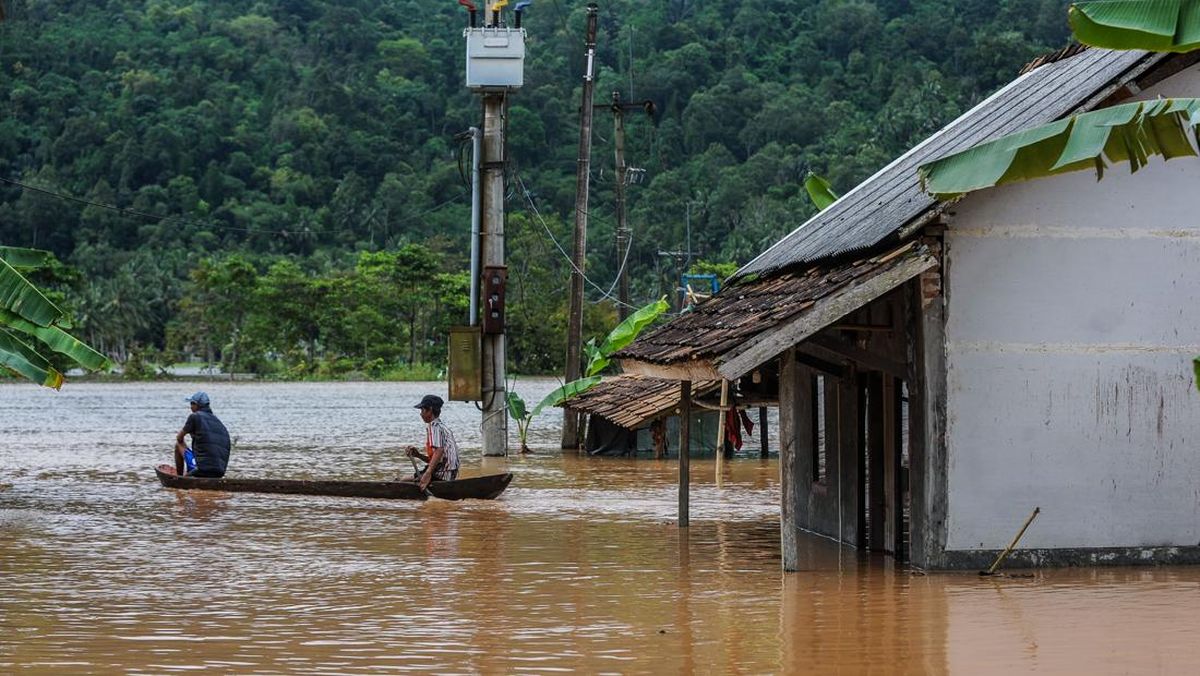TEMPO.CO, Jakarta - President of Syria Bashar al Assad used Russian and Iranian weapons to push back rebel forces during years of civil war. However, even as the attention of his allies turned to their own wars, he never managed to defeat them. He was caught off guard when the rebels returned to confront his rule.
President Assad flew out of Damascus to an undisclosed location on Sunday, December 8, 2024. This was stated by two senior military officers to Reuters. The Syrian rebels declared that the city had been "liberated from the tyranny of Bashar al Assad". Half a century of Assad family rule has come to an end, military commanders told Syrian officers.
Statues of Assad's father and brother were torn down in rebel-held cities, while his images on billboards and government offices were destroyed, trampled, burned, or riddled with bullets.
How did Assad's downfall begin?
Assad became president in 2000 after his father Hafez passed away, solidifying the iron-fisted rule of the family and their Alawite sect's dominance in the predominantly Sunni Muslim country, as well as Syria's status as an ally of Iran hostile to Israel and the US.
Shaped in its early years by the Iraq war and crises in Lebanon, Assad's government was defined by civil war, which began with the 2011 Arab Spring, as Syrian democracy protesters took to the streets, only to be met with deadly violence.
His downfall was predicted when he lost most of Syria's territories to the Rebels. However, he proved to last longer than many foreign leaders had estimated.
Assisted by Russian airstrikes and Iran-backed militias, he managed to reclaim most of the lost territories during years of military offensives, including the siege warfare condemned as "medieval" by UN investigators.
With his opponents mostly trapped in Syria's northwest corner, he led a few relatively calm years, although most of the country remained out of his control and the economy was crippled by international sanctions.
Failing to Rebuild Syria
Assad restored relations with Arab countries that had distanced themselves from him. However, he remained a pariah to most of the world. He failed to revive the devastated country of Syria. His military forces grew weaker and eventually could not withstand the rebellion.
He has not made any public statements since the rebels captured Aleppo a week ago, but stated in a phone call with the Iranian president that the escalation was aimed at redrawing the region for the benefit of the West, echoing his view that the rebellion was a conspiracy supported by foreign parties.
Assad compared himself to a surgeon. "Do we say to him: 'Your hands are covered in blood? Or do we thank him for saving the patient?" he said in 2012.
At the start of the conflict, as rebels took city after city, Assad was highly confident.
"We will strike them with an iron fist and Syria will return as it was," he told soldiers after recapturing the city of Maaloula in 2014.
He fulfilled the first promise, but not the second. Years later, most of Syria's territories were still out of government control, cities were leveled, the death toll reached 350,000, and over a quarter of its population fled abroad.
Red Lines
Assad was supported by Syrians who believed he was saving them from hardline Sunni Islamist groups.
As rebel groups inspired by Al Qaeda became prominent, this fear resonated among minorities. Rebel forces sought to convince Christians, Alawites, and other minorities that they would be protected as they advanced this week.
Assad staunchly held onto the idea of Syria as a secular Arab nationalist fortress even as the conflict became increasingly sectarian. Speaking to Foreign Affairs in 2015, he said that the Syrian army "consists of all shades of Syrian society".
But to his opponents, he was fueling sectarianism.
The sectarian side of the conflict grew stronger with the arrival of Iran-backed Shia fighters from across the Middle East to support Assad, and as Sunni-led countries like Turkey and Qatar backed the rebels.
Assad's value to Iran was underscored by a senior Iranian official stating in 2015 that his fate was a "red line" for Tehran.
While Iran supported Assad, the US failed to enforce its own "red line" - set by President Barack Obama in 2012 to oppose chemical weapons use.
UN-supported investigations have concluded that Damascus used chemical weapons.
A sarin gas attack in rebel-held Ghouta in 2013 killed hundreds, yet Moscow brokered a deal to destroy Syria's chemical weapons, averting a US response. However, poisonous gases continued to hit rebel-held areas, with a 2017 sarin attack prompting Trump to order cruise missile strikes.
Assad has denied the allegations of blame on the state.
He also dismissed claims that the military dropped barrel bombs filled with explosives that wreaked indiscriminate devastation. He appeared to downplay these claims in an interview with BBC in 2015, saying: "I have never heard of the army using a barrel, or maybe, a cooking pot."
He also rebuffed that tens of thousands of photos showing torture of individuals in government detention were part of a Qatari-funded plot.
As the battles subsided, Assad accused Syria's foes of waging an economic war.
While remaining a pariah in the West, some Arab countries that once supported his adversaries began to open doors for him. Assad was warmly welcomed by UAE leaders during his visit there in 2022.
Now the rebels have announced the overthrow of President Bashar al-Assad after seizing Damascus. Thus ends Assad's iron-fisted rule after 24 years.
Editor's Choice: Damascus Controlled by Opposition, Syrian President Reportedly Fleeing
Click here to get the latest news updates from Tempo on Google News

 3 months ago
77
3 months ago
77

















